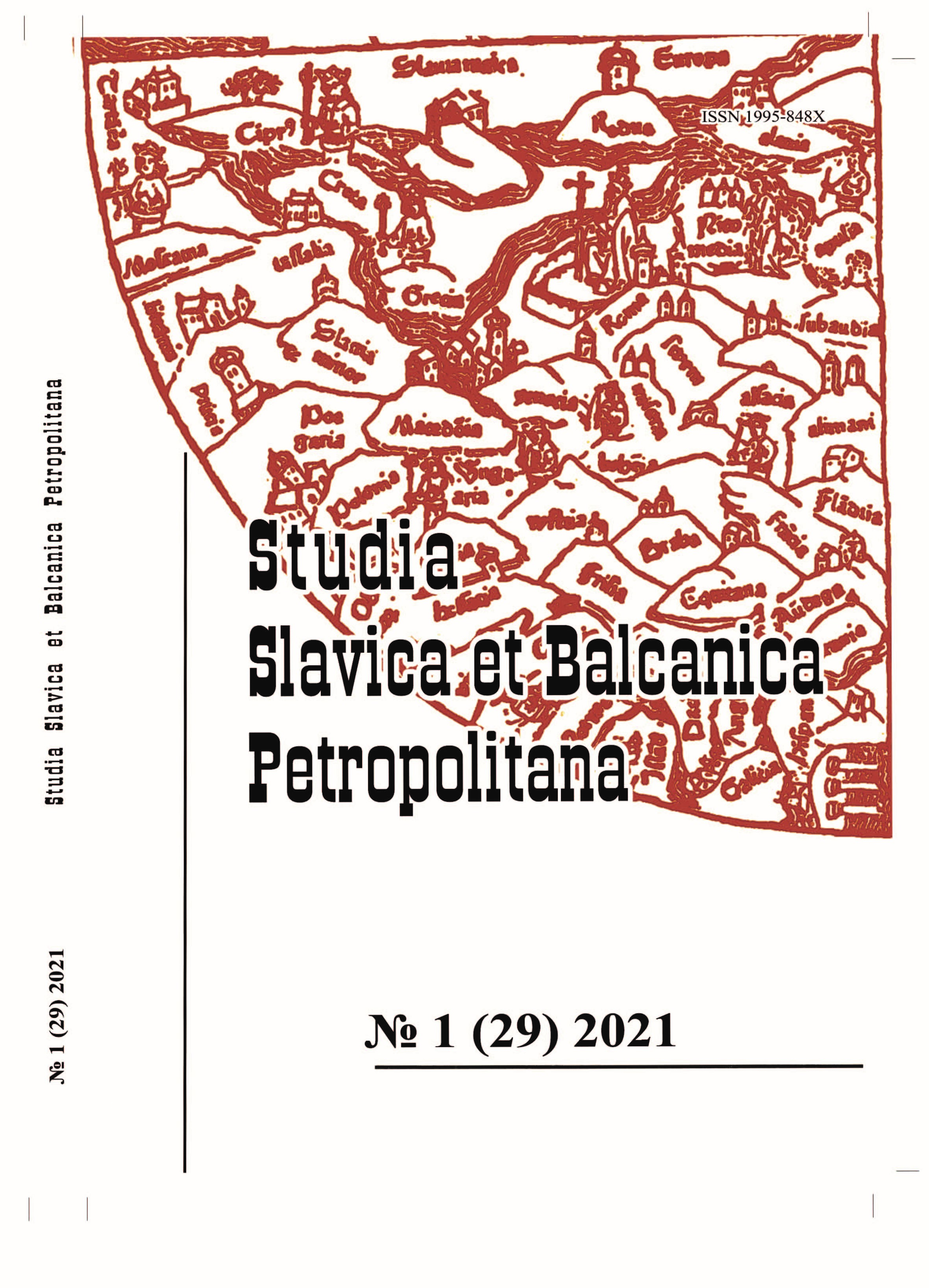Representation of the Livonian clergy in 13th–16th century sigillographic sources
Representation of the Livonian clergy in 13th–16th century sigillographic sources
Author(s): Ilona JekeleSubject(s): Christian Theology and Religion, Cultural history, History of Church(es), Ethnohistory, Local History / Microhistory, Middle Ages, 13th to 14th Centuries, 15th Century, 16th Century
Published by: Издательство Исторического факультета СПбГУ
Keywords: Sigillography; sphragistics; wax seals; Livonia; bishops; clergy;
Summary/Abstract: The paper focuses on the investigation of the sigillographic sources — pendant wax seals, that belonged to the representatives of Livonian Bishops and Archbishops of Riga. For the investigation, more than 700 pendant wax seals from the Latvian State Historical Archive’s Fund No. 8 — “Archives of Internal Magistrate of Riga” were analyzed. The paper focuses on the wax seals that belonged to the representatives of the Archbishopric of Riga, and representatives of the Livonian Bishoprics. Analysis of the seals of Livonian clergy reveal that several stages can be distinguished in their development. The earliest wax seals that belonged to the representatives of the Livonian clergy display a well-known image – a bishop seated on a throne holding his regalia. For earliest seals it was common to use uncolored wax, these seals mostly were round in shape but the transition to the pointed oval shape took place during the 13th-century. By the middle and end of the 13th-century seals transitioned into use of red wax. During this time also first double-sided seals (where the reverse can be considered as the counterseal) appeared. In this period bishops and archbishops are depicted standing in the church surroundings, indicating the seal owner’s status and rank. In the 14th-century the use of the family coat of arms also appears. Counterseals in 15th-16th-cenuries are used separately as the great seal and counterseal and the depiction used in them represent the importance of the cult of Virgin Mary in Livonia. Nevertheless, Livonian clergymen also used their family coat of arms for self-representation. Medieval religious communities were specialists in symbolization. During the middle ages they adopted and readjusted their own equivalent of self-representation devices used not only in sigillographic sources but also in artistic and architectural works.
Journal: Петербургские славянские и балканские исследования
- Issue Year: 2021
- Issue No: 1(29)
- Page Range: 77-88
- Page Count: 12
- Language: English

